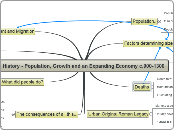av caroline dennard för 15 årar sedan
385
History - Population, Growth and an Expanding Economy c.900-1300

av caroline dennard för 15 årar sedan
385

Mer av detta